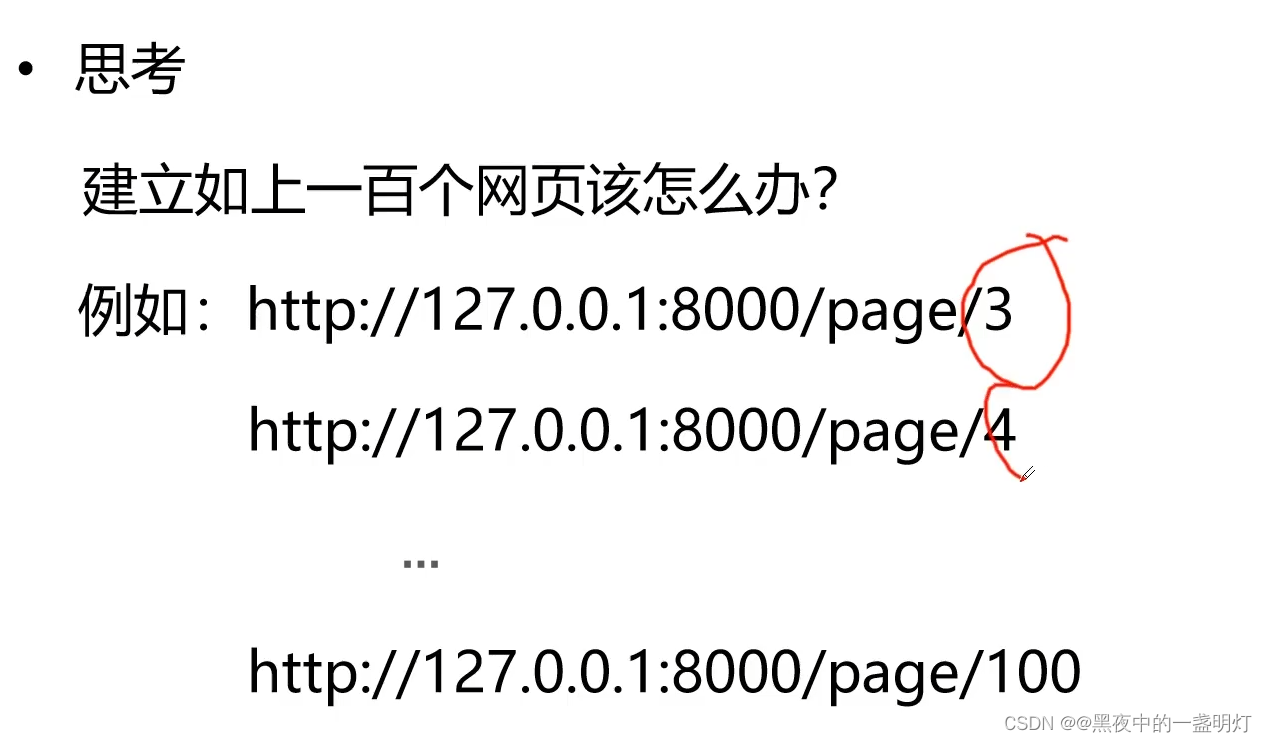Python Web框架——Django学习的第三天
一:对第二天的所学内容的复习和深化
1.path转换器的使用

注意:注意:注意:在urls.py文件中的路由,通过游览器寻找路由是类似于一个数组的寻找方式,从上至下
- 运用path转换器
- 语法:<转换器类型:自定义名>
- 作用:若转换器类型匹配到对应类型的数据,则将数据按照关键则传参的方式传递给视图函数
- 例子:path(‘page/int:page’,views.xxx)

urls.py文件中的代码:
from django.contrib import admin
from django.urls import path,re_path
from app01 import views
urlpatterns = [
#path转换器
path('page/<int:pg>',views.paggen_view),
]
views.py文件中的代码:
form django.shortcuts import render,HttpResponse
def pageen_view(request,pg):
html = '这是编号为%s的网页'%(pg)
return HttpResponse(html)
练习:小计算器

urls代码:
from django.contrib import admin
from django.urls import path,re_path
from app01 import views
urlpatterns = [
#path转换器
path('<int:number>/<str:op>/<int:number2>',views.calculate),
]
views.py代码
from django.shortcuts import render,HttpResponse
def calculate(request,number,op,number2):
if op not in ['add','sub','mul']:
return HttpResponse("Ypur op is wrong")
if op =='add':
result = number +number2
elif op== 'sub':
result = number-number2;
elif op =='mul':
result =number *number2;
return HttpResponse('计算结果为%s'%(result))
2.re_path()函数讲解
- re_path()函数
- 在url的匹配过程中可以使用正则表达式进行精确匹配
- 语法:

注意格式:
样例: